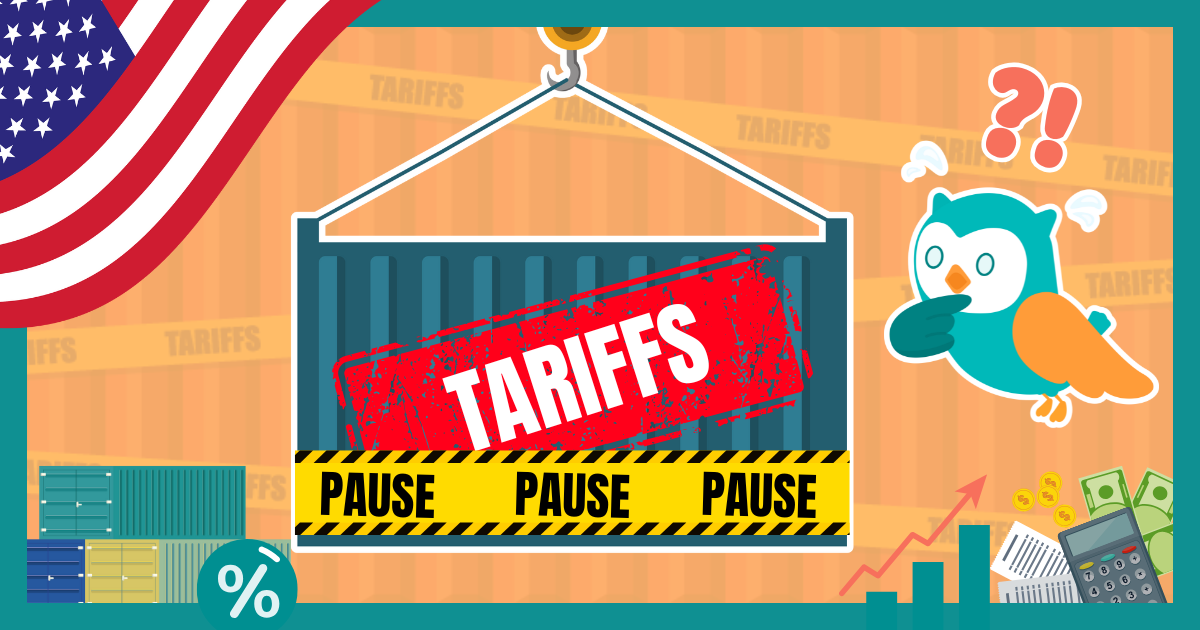Note: It was announced in November 2023 that MoneyOwl will be acquired by Temasek Trust to serve communities under a re-purposed model, and will move away from direct sale of financial products. The article is retained with original information relevant as at the date of the article only, and any mention of products or promotions is retained for reference purposes only.
______________
In the wake of a difficult year for both equities and bonds, some investors have questioned if the classic diversified portfolio is dead. Our investment team looks at the reasons the 60/40 portfolio is likely to generate healthy returns in the future.
(17 October 2022 – 21 October 2022)
Global stock indexes started the week and ended it with sizable daily rallies, rebounding from the previous week’s mostly negative results. The S&P 500 and the MSCI World Index were up 4.74% and 3.61% respectively, while MoneyOwl’s 100% equity portfolio also ended higher at 3.09%. In fixed income, the US 10-year Treasury yield was up 28bps to 4.28% and the Bloomberg Barclays Global Aggregate Bond index was up 0.07% despite the rise in Treasury yields.
The markets recorded strong gains last week, as investors appeared to react to some prominent earnings reports and hints that the Federal Reserve might moderate its pace of interest rate hikes despite inflation data showing that the price level was still higher than expected for the past few months, although the rate of increase had been slowing.
This has been a challenging year for investors. On top of the equity bear market, the steep losses in bonds have been especially surprising, leading some investors to question whether the traditional diversified portfolio holding stocks and bonds is dead. Although 2022 has seen the worst start to a year in history for many bond indexes, the year-to-date experience for a classic balanced 60/40 portfolio has not even cracked the top (or, alternatively, worst) five historical drawdowns of the last century. Seeing a 20% loss of wealth this year is no fun, but it’s only two-thirds of the losses experienced by investors during the financial crisis of 2008–2009.
Diversified Portfolio: Down But Not Out
Using a traditional 60/40 portfolio, we investigate the largest dip the portfolio has experienced from the period between 1926 – 2022.
60% S&P 500 Index / 40% 5-year US Treasury Notes: January 1926 – September 2022

A Case For Optimism
From the largest drawdown depicted, it is important, and especially so during difficult market conditions, for investors to focus not solely on where returns have been but also on where they could be going in the months and years ahead. We look at the performance of the same 60/40 portfolio following a decline of 10% or more since 1926 (see below), where returns on average have been strong in the subsequent one-, three-, and five-year periods. History makes a strong case for investors to stick with their longer-term plan and reminds that steep declines should not derail investors’ progress toward reaping the expected benefits of investing.
60% S&P 500 Index / 40% 5-year US Treasury Notes: January 1926 – September 2022

Still In The Fight
Markets have proven quite resilient over the long run. Like a boxer stepping inside the ring, investors should expect (and prepare) to take a few shots and get pushed up against the ropes every so often. The most important thing, though, is to roll with the punches and not get knocked out by short-term moves. If history is any guide, there’s reason to believe the classic 60/40 portfolio is alive and well and could be poised to deliver healthy returns going forward.
Labor Market Resilience
Despite concerns about rising interest rates and recessionary trends, a key labour market indicator continues to show signs of strength. American workers submitted 214,000 initial claims for unemployment benefits during the latest weekly period. That figure is down from 226,000 the week before and is close to the historically low level that they have averaged year to date.
U.K. Leadership Transition
The financial market turmoil that followed Prime Minister Liz Truss’ release of a tax-cut plan triggered political fallout for the United Kingdom’s leader, who stepped down from her post after 45 days on the job. Before resigning on Thursday, Truss abandoned her proposals for large tax cuts paired with spending increases. After the drama of Liz Truss’s resignation on Thursday, the UK is set for a lightning-quick contest to find her replacement. It was just announced that Rishi Sunak, the former chancellor of the Exchequer, will lead Britain next.
Tech Ban
President Joe Biden’s administration is exploring the possibility of new export controls that would limit China’s access to some of the most powerful emerging computing technologies, according to people familiar with the situation. The potential plans are in an early stage and are focused on the still-experimental field of quantum computing, as well as artificial intelligence software. If implemented, the measures would follow separate restrictions announced earlier this month aimed at stunting Beijing’s ability to deploy cutting-edge semiconductors in weapons and surveillance systems.
Energy Steps
The European Union agreed to press ahead with a set of emergency actions to address the bloc’s energy crisis, with Germany yielding to pressure from other member states to pave the way for a temporary price cap on natural gas prices. After hours of intense negotiations, the leaders asked the EU’s executive arm to propose a “temporary dynamic price corridor on natural gas transactions to immediately limit episodes of excessive gas prices,” they said in their joint summit conclusions. They also said they would pursue a temporary framework to cap the price of gas in electricity generation, including a cost and benefit analysis. Countries including France, Italy and Poland had been pushing hard to limit the cost of gas, which is roiling economies and fueling inflation as the region heads for a winter with drastically reduced shipments from Russia after its invasion of Ukraine.
President Xi’s Total Control
On Sunday, China held its twice-a-decade reshuffle of top political leaders. The Communist party saw current president Xi Jinping re-elected as head of the Chinese Communist Party. President Xi Jinping also further promoted four others to the Politburo Standing Committee, which is the country’s highest decision-making body. Many China watchers are worried that none of the newly appointed yes-men will tell President Xi when he’s wrong. The power play saw President Xi’s Politburo Committee now consisting of only his allies and with no woman sitting on its 24-member Politburo for the first time in 25 years, marking a major regression in gender representation.
Read more Market Insights here.
Disclaimer: While every reasonable care is taken to ensure the accuracy of the information provided, no responsibility can be accepted for any loss or inconvenience caused by any error or omission. The information and opinions expressed herein are made in good faith and are based on sources believed to be reliable but no representation or warranty, express or implied, is made as to their accuracy, completeness or correctness. Expressions of opinions or estimates should neither be relied upon nor used in any way as an indication of the future performance of any financial products, as prices of assets and currencies may go down as well as up and past performance should not be taken as an indication of future performance. The author and publisher shall have no liability for any loss or expense whatsoever relating to investment decisions made by the reader.
Follow MoneyOwl on social media for more awesome content on investments, insurance, and financial planning!




